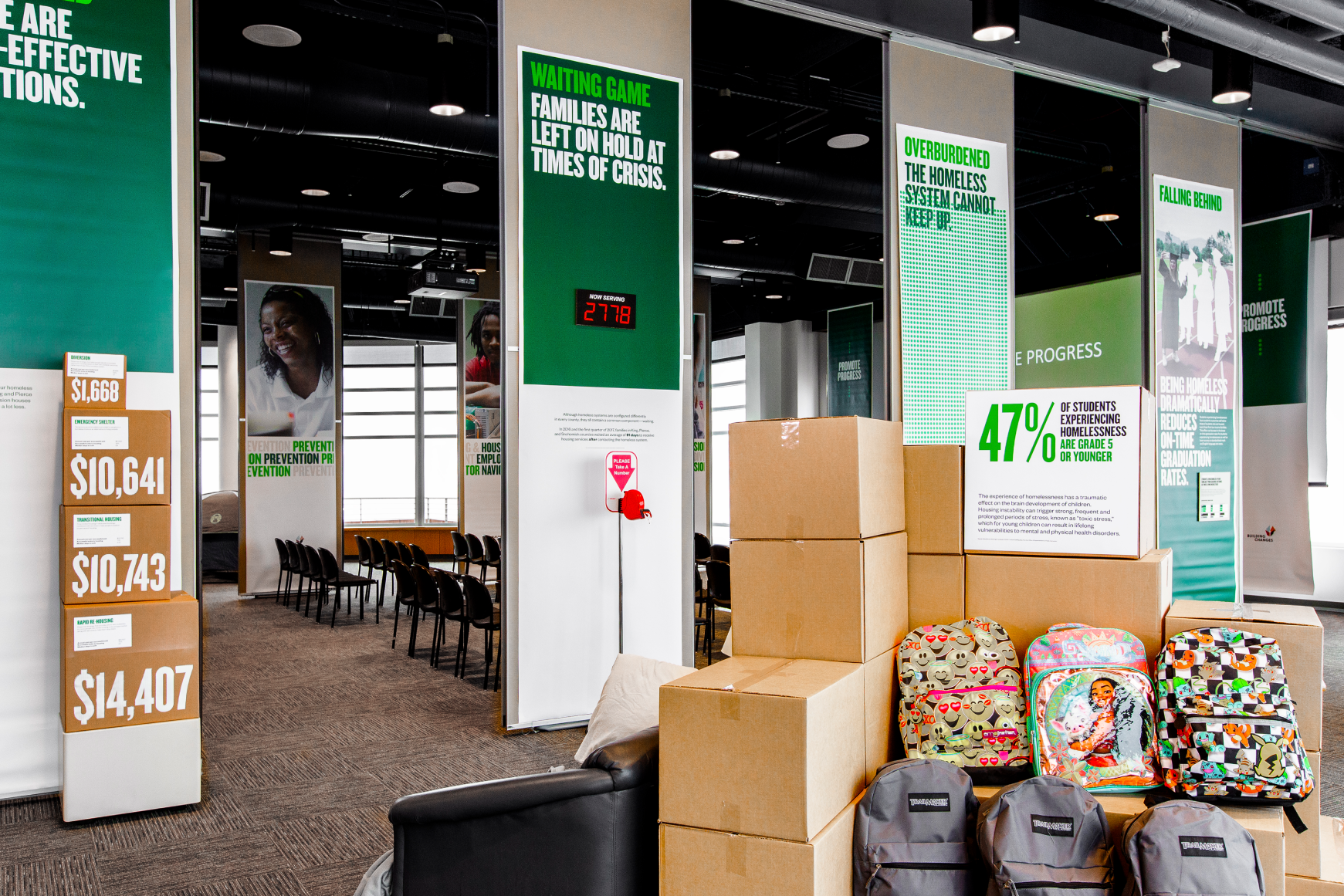Creating a workshop to inspire reflection and discussion about possible futures surrounding emerging technology
Challenge
For our capstone project of the University of Washington’s Human Centered Design and Engineering Master’s program, my team wanted to use design as a way to ask meaningful questions rather than only solve problems. Specifically, we wanted to engage people in discussion about how social values are embedded in popular technology and the ways those decisions end up shaping our daily lives.
In order to address this potentially dense topic, we challenged ourselves to design a workshop experience that would allow these conversations to emerge organically from activities designed to explore the future possibilities for technology. Could a speculative design and maker workshop enable personal reflection and discussion about our relationship with technology?
“The most important question to ask about modern societies is therefore what understanding of human life is embodied in the prevailing technical arrangements.”
Process
Through an extensive literature review and a series of interviews with experts in design methods and emerging technologies, we identified two primary sources of inspiration for our workshop format: Dan Lockton’s Drawing Energy project and the Extrapolation Factory’s Futurescope workshops. We decided to combine aspects of both workshops to address our desire for both personal reflection and future exploration.
Our workshop participants would partake in a creative drawing exercise and discussion to share their existing relationship to popular technology services such as Facebook, Amazon and Netflix. They would then participate in a futuring exercise in which they choose a prediction, or “signal”, from a professional futurist and trace it through a process of exploring the potential social, ethical and political implications of that prediction. Finally, they would make their own speculative object designed to capture one aspect of the future scenario they envisioned.
We conducted two rounds of pilot workshops to identify challenges and obstacles for our participants. One major insight from our testing was the need to simplify the wall diagram that served as the visual guide for our workshop. We iterated on the original diagram and created a format that better communicated the need to explore second and third order effects of the original signal.
We also identified our participants’ need for guidance in branching out their thinking beyond the obvious or straightforward exploration of their future scenario. What did their future imply for the evolution of the family structure? Who would their technology potentially marginalize in society? What laws or regulation might need to exist in this imagined future? We collected a set of these provocative questions and turned them into a deck of cards that participants could pull from if they needed inspiration during the exercise.
Our final wall diagram simplified the typical depiction of Joseph Voro's Future Cone and incorporated a chevron format that emphasized the need to explore second and third degree extrapolations of the original signal.
Our FutureShift deck posed provocative questions about Social, Technological, Environmental, Economic, and Political implications about the future scenario.
Outcome
Our final workshop, dubbed the “FutureShift”, was successful in creating space for meaningful discussion and empowering participants to explore their relationships to emerging technologies. The objects that were created all reflected an aspect of the ethical and social explorations from the signal exercise, and several of our participants discussed how the workshop raised their awareness and sensitivity around their present day relationship to technology.
Final speculative objects made during our FutureShift workshop. Clockwise from top left: lifelong companion wearable, smart plate, social reputation score editor, teenage emotion tracker, dazzle makeup starter kit, and digital companion frame.
As a final component, we displayed our participants’ objects at a yard sale we hosted in a local Seattle neighborhood. Visitors to the yard sale unexpectedly encountered the future objects alongside everyday yard sale items and were encouraged to share their reaction to the future role those objects might play in their lives. Click below to watch a short video of our “yard sale of the future”:
Project Team: Ariel Duncan and Clem Auyeung













Helping clients to clarify their thinking and to craft persuasive presentations using storytelling and visual communication